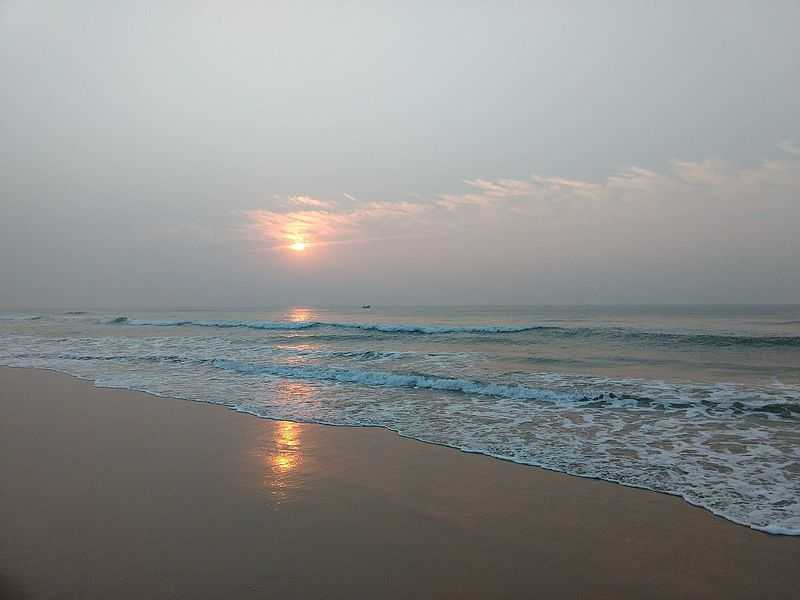


Chilika Lake
It is Asia’s largest brackish water
bay with a water-spread ranging from 1100 sq. km in the rainy season to 900 sq.
km in the dry season. Nestled in the heart of coastal Odisha it extends from
Puri district in the North to Ganjan district in the South. It is separated
from Bay of Bengal by a 60 km long band of islands.
Some of the important islands are
Nalabana, Kalijai, Somolo, Honeymoon, Break-fast, etc. These are inhabited by
local fishermen families and are popular stops for one day boat trips.
Chilika Lake is one of the most important wetlands in the world as it is
home to an extraordinary variety of birds. It offers visitors a remarkable
display of its colorful birds during the peak season between November and February.
Some of the nesting birds include – ospreys, white-bellied sea eagles, golden
plovers, sand pipers, flamingos, etc., as also migratory birds from Central
Asia and Siberia.
The Kalijai temple is
situated on an island in the Chilika Lake, and is one of the famous
attractions. Goddess Kalijai is revered among the locals and is also a
destination for pilgrims as well as tourists. The temple can be reached with
the help of a boat from Chilika Lake.
It
is the biggest lake in India after Vembanad Lake of Kottayam, Kerala. This lake is the largest coastal
lagoon in India and the largest brackish water lagoon in the world. after The New Caledonian
barrier reef. It
has been listed as a tentative UNESCO World
Heritage site.
Its salinity varies by region, from nearly freshwater where rivers flow
in, to oceanic salinity levels due to tidal influx.
It
is the largest wintering ground for migratory birds on the Indian sub-continent. The lake is home to a number
of threatened species of plants and animals.
The
lake is an ecosystem with large fishery resources.
It sustains more than 150,000 fisher–folk living in 132 villages on the shore
and islands.
The lagoon hosts over 160 species of birds in
the peak migratory season. Birds from as far as the Caspian Sea, Lake Baikal, Aral Sea and other remote parts of Russia, Kirghiz steppes of Kazakhstan, Central and southeast Asia, Ladakh and Himalayas come here. These birds travel great distances; some of
them possibly travel as much as 12,000 kilometres (7,500 mi) to reach
Chilika Lake.
In
1981, Chilika Lake was designated the first Indian wetland
of international importance under
the Ramsar Convention.
According
to a survey, 45 percent of the birds are terrestrial in nature, 32 percent
are waterfowl, and 23 percent are waders. The lagoon is also home to 14
types of raptors. Around 152 rare and
endangered Irrawaddy dolphins have also been reported. Plus,
the lagoon supports about 37 species of reptiles and amphibians.[15]
The
highly productive Chilika Lagoon eco-system with its rich fishery resources sustains the
livelihood for many fishermen who live in and near the lagoon.
The Brahmanda
Purana, mentions Chilika Lake as an important centre of trade and
commerce, and a shelter for ships sailing to Java, Malaya, Singhala, China and other countries. This suggests that the
lake was then deep enough for berthing seagoing ships and had a channel to the
sea big enough for loaded trading ships going to Southeast Asia. The villagers around Chilika Lake still observe an annual
festival called "Bali Yatra"
(Journey to Bali).
Some
ancient texts say that the southern sector of Chilika was a major harbour for
maritime commerce, when Kharavela (c. 209 BCE), the King of Kalinga, was known as the "Lord of the
Sea".






